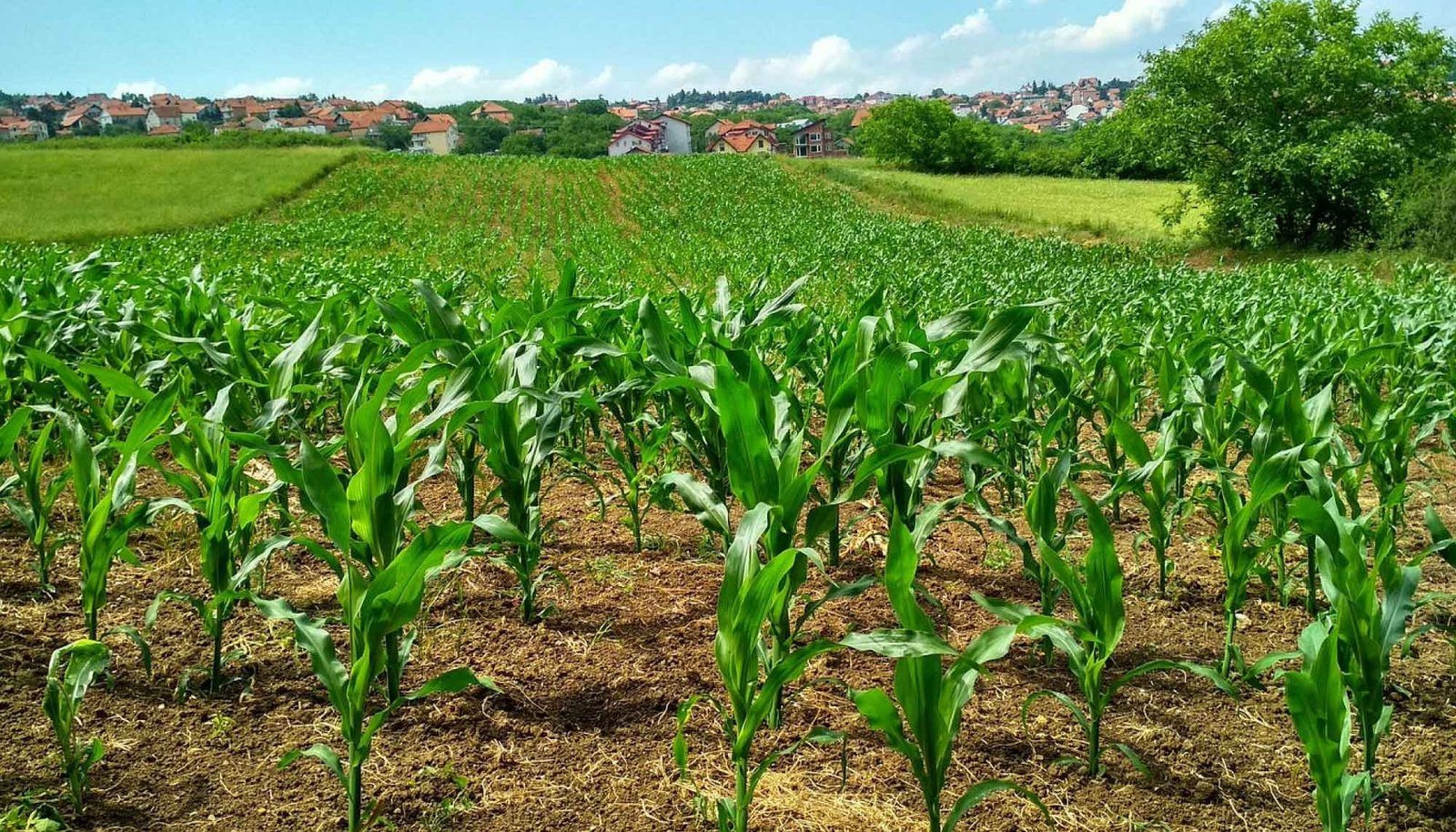
Crop Production
Types of Crops: Focus on high-yield, sustainable crops such as grains (wheat, maize), vegetables (tomatoes, carrots), and fruits (apples, oranges).
Farming Techniques: Utilize modern farming methods including precision agriculture, crop rotation, and organic farming practices to enhance soil health and crop yield.
Irrigation Systems: Implement efficient irrigation systems such as drip and sprinkler irrigation to conserve water.
Greenhouse Farming:
Purpose: Extend growing seasons and improve crop quality.
Crops: High-value crops such as herbs, peppers, and leafy greens.
Technology: Use of controlled environment agriculture (CEA) technology to regulate temperature, humidity, and light.
“Crop production is the branch of agriculture that deals with the production of crops for food and fiber.”
Importance of Crop Production
Field and forage (agronomic) crops are grown on most of the 200 million acres of harvested cropland in the United States. Agronomic crops provide the food, feed grain, oil, and fiber for domestic consumption and are a major component of U.S. export trade. Horticultural plants — those grown specifically for human use — offer variety to human diets and enhance the living environment.
Tacab Impact
NIFA programs are working to increase crop production while maintaining the environment by providing services such as:
- Conducting research on issues that affect horticultural breeding, growth, and production
- Improving productivity of field and forage crops
- Ensuring sound use of natural resources, reducing soil erosion, and improving soil quality
- Implementing newly developed and tested methods that improve soil on both conventional and organic farms
- Reviving heirloom varieties of crops while developing new varieties
- Helping farmers plant crops suitable to local and regional climate and crop management needs
Here to help you
Crop production is the process of growing crops for domestic and commercial purposes. Some of the crops produced on a large scale include rice, wheat, maize, jute, etc.
Crop production involves the following practices: Soil preparation. Sowing of seeds. Irrigating the soil. Harvesting of crops. Storage of crops.
Potato, rice, sorghum, soybeans, maize and wheat are some of the important food crops.